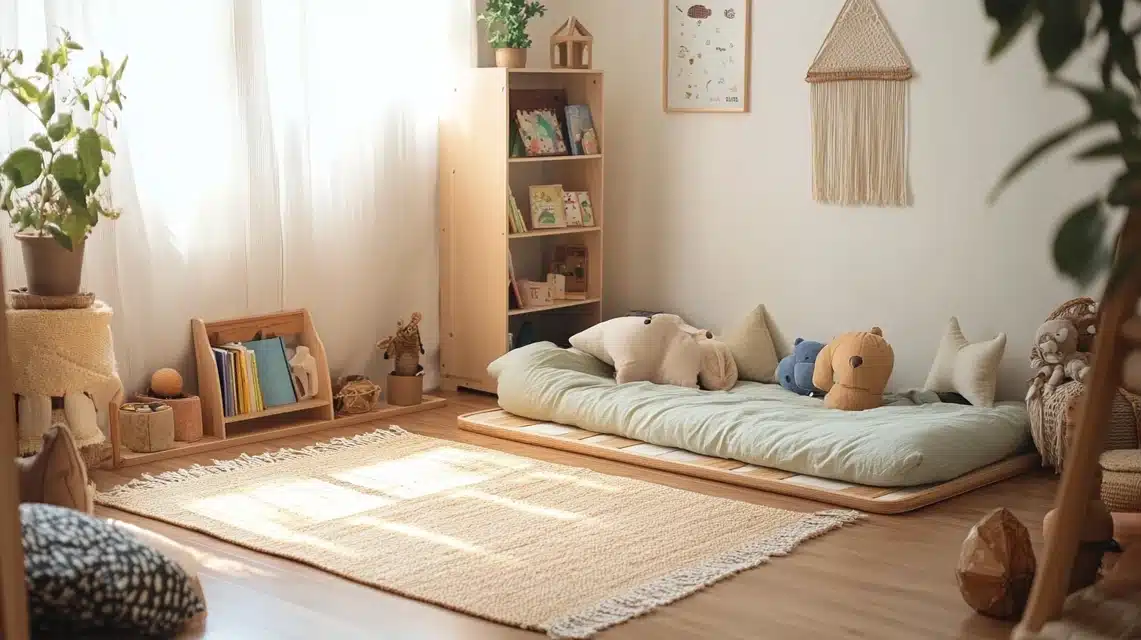The Connection Between Mattress Removal and Sustainability
In recent years, sustainability has gained significant attention, and rightfully so. Among the various aspects of daily life that contribute to environmental concerns, the disposal of household items, particularly mattresses, plays a notable role. Due to their size and composition, mattresses can have a substantial ecological footprint if not disposed of properly. Therefore, understanding the process and impact of mattress disposal is crucial in promoting sustainability.
This article explores the connection between mattress removal and sustainability.
Rethinking Mattress Removal: A Sustainable Approach
The lifespan of most mattresses ranges from 7 to 10 years, after which they are commonly discarded. Traditionally, disposing of an old mattress often meant adding it to the ever-growing heaps in landfills, where it occupies significant space and fails to biodegrade. This traditional disposal method has been identified as a critical contributor to environmental degradation.
In response, a sustainable approach to mattress removal is gaining traction. This approach encourages exploring alternatives to landfill disposal, such as recycling, donation, or upcycling, thus ensuring that the end-of-life of a mattress does not result in environmental harm. It’s about changing mindsets and practices to foster a more sustainable and responsible handling of mattress disposal.
For an in-depth understanding of this sustainable approach, one may check out some old mattress removal tips and other reputable online resources for more information.
Recycling: A Viable Solution
Recycling is one of the most effective methods for sustainable mattress disposal. Mattresses are composed of various recyclable materials, including metal springs, foam, and fibers. Specialized recycling facilities focus on dismantling these components and segregating them for reuse. This process significantly reduces the volume of waste sent to landfills. The metal can be melted down and reused, while the foam and fibers find new life in other products.
However, the accessibility and availability of such recycling services vary depending on the region, making it crucial for individuals to investigate local options. Encouraging the establishment of more recycling facilities could further enhance this solution’s viability, making it a cornerstone of sustainable mattress disposal practices.
Donation: Extending Mattress Life
Donation is a noble and environmentally friendly approach to mattress removal. Donating a mattress to charitable organizations, shelters, or thrift stores can significantly extend its useful life when it is still in usable condition. This process not only aids in reducing waste but also serves a social good by providing essential items to those in need.
However, it’s imperative to ensure that the mattress is clean and hygienic, free from bed bugs or other infestations, to make it suitable for donation. This practice of donation not only helps achieve sustainability but also fosters a sense of community and shared responsibility. It’s a simple yet powerful way to contribute to environmental conservation and social welfare.
Upcycling: Creative Reuse
Upcycling offers a creative twist to sustainable mattress disposal. It involves breaking down old mattresses and repurposing their materials for various DIY projects. For instance, the foam from mattresses can be reused as padding in upholstered furniture, while the wooden parts can be transformed into items like garden trellises or shelves. This method not only helps in diverting waste from landfills but also encourages creativity and resourcefulness. It turns waste into a resource, allowing individuals to engage in environmentally friendly practices while exploring their creativity.
Upcycling reduces the environmental impact of mattress disposal and promotes a culture of innovation and sustainability.
Local Waste Management Policies
Understanding and adhering to local waste management policies is crucial for responsible mattress disposal. Many states have specific regulations or designated days for picking large items, including mattresses. These policies are designed to ensure efficient and environmentally-friendly waste management. Compliance with these guidelines is essential for maintaining public health and safety and for effectively operating waste management systems.
In some cases, local authorities may offer recycling or special disposal services for mattresses, aligning with sustainable practices. Staying informed about and cooperating with these policies is a crucial aspect of responsible mattress disposal and contributes significantly to community-wide efforts toward sustainability.
Educating the Community
Educating the community about sustainable mattress removal is essential for fostering a culture of environmental responsibility. Awareness campaigns, community workshops, and social media initiatives can effectively disseminate information about the environmental impacts of improper mattress disposal and the benefits of sustainable practices. These educational efforts can mobilize community action and encourage individuals to adopt more eco-friendly disposal methods. Schools, local organizations, and environmental groups can play pivotal roles in this educational process.
By spreading knowledge and fostering understanding, a collective commitment to a greener, more sustainable future can be developed, making sustainable mattress disposal a norm rather than an exception.
Final Thoughts
The connection between mattress removal and sustainability is undeniable. Individuals can significantly reduce the environmental impact associated with mattress disposal by opting for recycling, donation, or upcycling. It is a collective responsibility to adopt sustainable practices in our daily lives, and proper mattress removal is a step in the right direction.
As society becomes increasingly aware of environmental issues, it is essential to integrate sustainability into all aspects of life, including the disposal of household items like mattresses.







